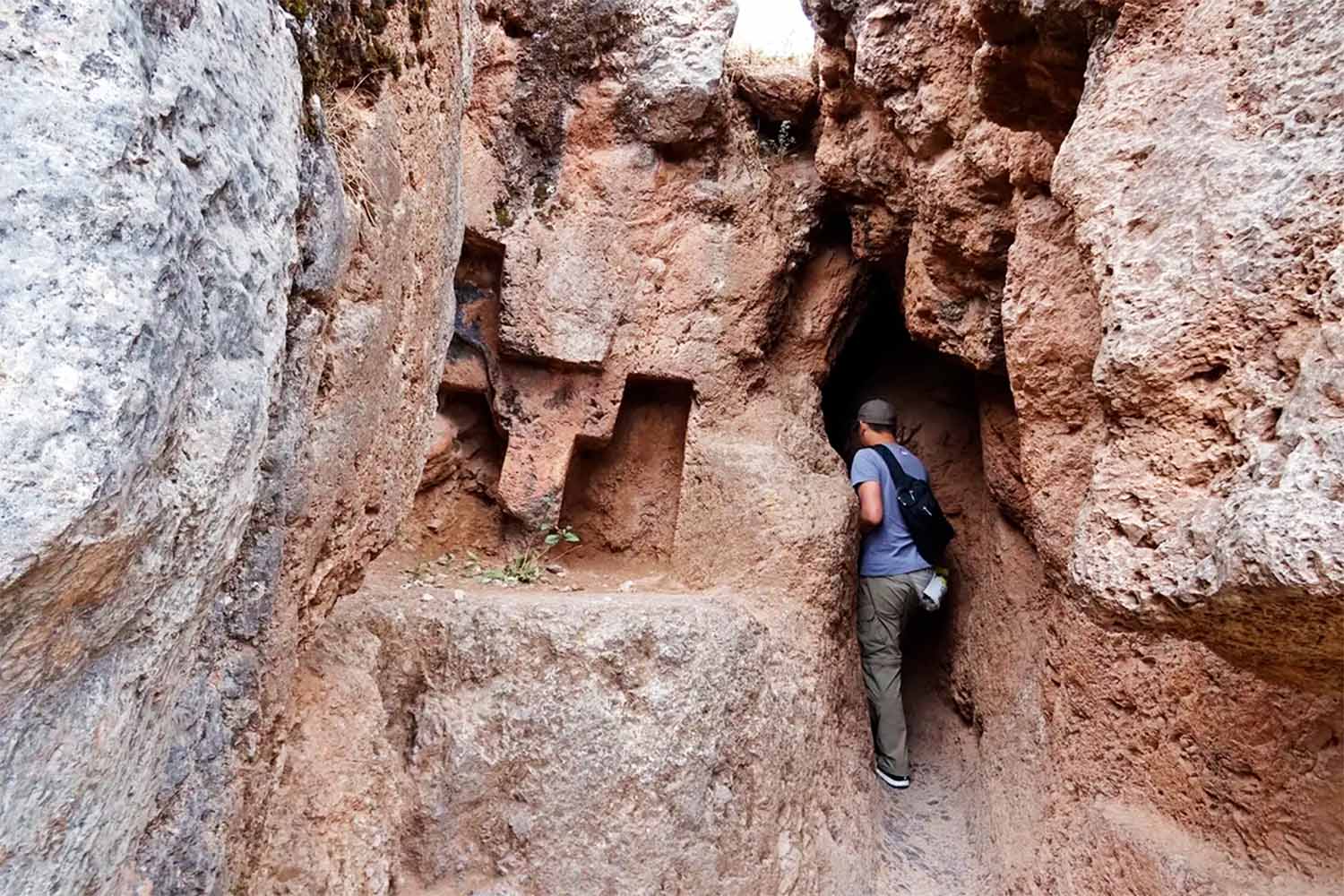A team of Cusco archaeologists has confirmed the existence of an underground network of Inca tunnels, known as chincanas, connecting Coricancha, the Temple of the Sun, to Sacsayhuaman, the majestic archaeological complex in Cusco.
Led by archaeologists Jorge Calero Flores and Mildred Fernández Palomino as part of the Chincana–Sacsayhuaman Project, the study used cutting-edge technology, including ground-penetrating radar and sound prospecting, to locate and map the tunnels. The findings align with historical documents from the 16th, 17th, and 18th centuries, which hinted at the existence of these subterranean routes.
Among the most significant findings is a main tunnel extending 1,750 meters at a depth of 1.4 to 2.5 meters. Additional branches connect to Muyumarca and Callispuquio, suggesting that the network may have linked ceremonial sites and logistical hubs critical to the Inca administration.
Archaeological research will continue in 2025 with targeted excavations at key sections of the network. These efforts, planned for March and April, aim to uncover the chicanes' exact functionality, materials, construction techniques, and potential ceremonial or defensive uses.
This discovery expands our understanding of Inca expertise in architecture and engineering and raises critical questions about the role these structures played in the integration and management of the vast Inca Empire. The chincanas may have served for transporting goods, facilitating strategic communication, or performing high-level rituals.
This finding once again highlights the immense archaeological wealth of Cusco and its ability to astonish the world. While Coricancha and Sacsayhuaman are already celebrated as symbols of Inca grandeur, the newly confirmed underground connection adds an entirely new layer to their historical significance.


